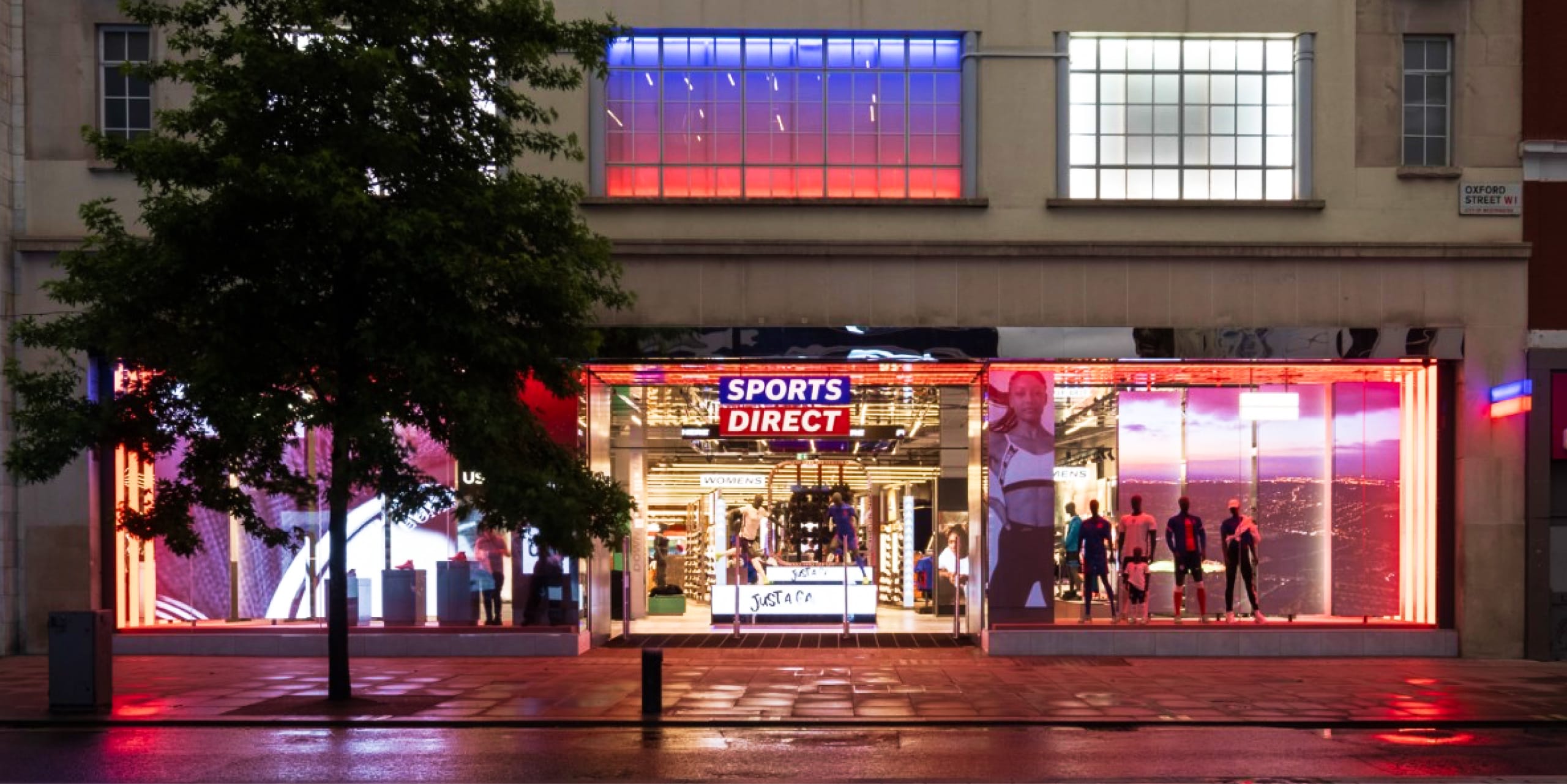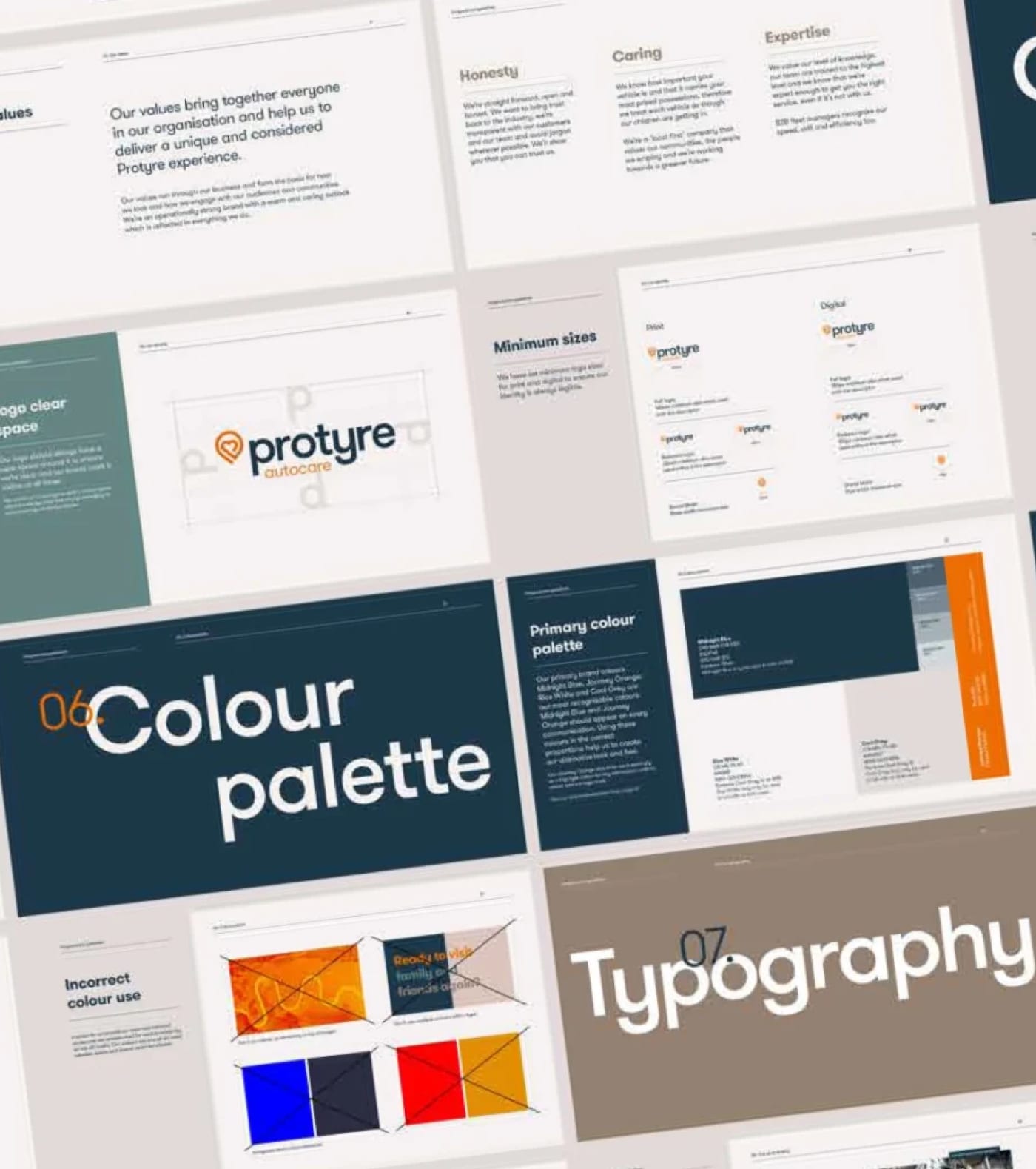It's not who you know. It's what they know
Research & Insights
The best way to connect with your customers is to understand them. The best way to understand them is through research. Via a combination of in-house research and bespoke market research from our sister market research company, Unturned Stone, we’re experts in providing insights that uncover opportunities, inform strategic decisions and reveal more about your customers. Engaging with a professional insight agency ensures that your research is robust, reliable and unbiased. Each project is meticulously designed to incorporate the right approach, the right respondents and the right methodologies, delivering robust, actionable insights to help you meet your goals.
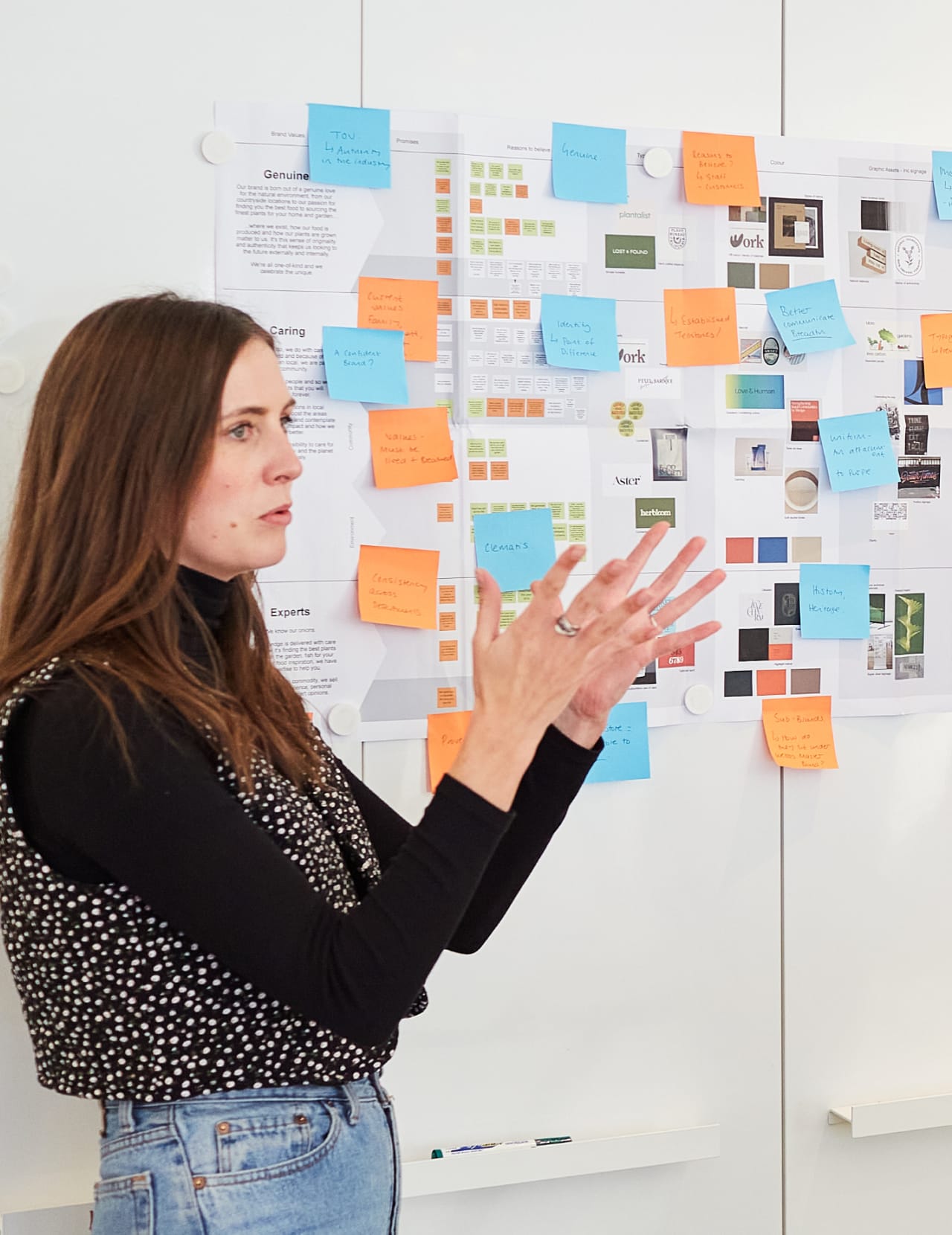
Importance of Competitor Analysis in Market Research
Competitor analysis services allow you to understand how your competitors’ strengths and weaknesses compare to your own. This could include their products or services, sales tactics and more - and should be done regularly. In doing so, you can establish how you want consumers to see your product or service, whether there are any unfilled gaps in the market, and how you can improve your own business strategy. There are five steps to a thorough competitor analysis: 1. Define your goals: What exactly are you looking to achieve by conducting a competitor analysis? Clearly defined goals - such as changing your marketing strategies or improving your market position - will ensure that your competitor analysis has the right focus. 2. Identify the competition: These may include direct competitors (who offer similar products and services and target similar customers) and indirect competitors (who are in your same general category, but offer different products and services to a different clientele). 3. Compare competitor information: Evaluate your competitors’ products and services, pricing, geographic reach, and marketing tactics as a starting point. For a more in-depth analysis, consider looking at their team, suppliers, reputation and positioning. 4. Analyse competitor strengths and weaknesses: Evaluate the strengths and weaknesses of each of your competitors, referring to the information you’ve gained in the previous step. Write a summary of everything that could make a consumer choose or avoid each competitor. 5. Understand your competitive advantage: With all of this information about your competitors, you can understand your competitive advantage. It may be a particular strength that your brand has, or it may be a weakness in the competition that could provide you with opportunities.
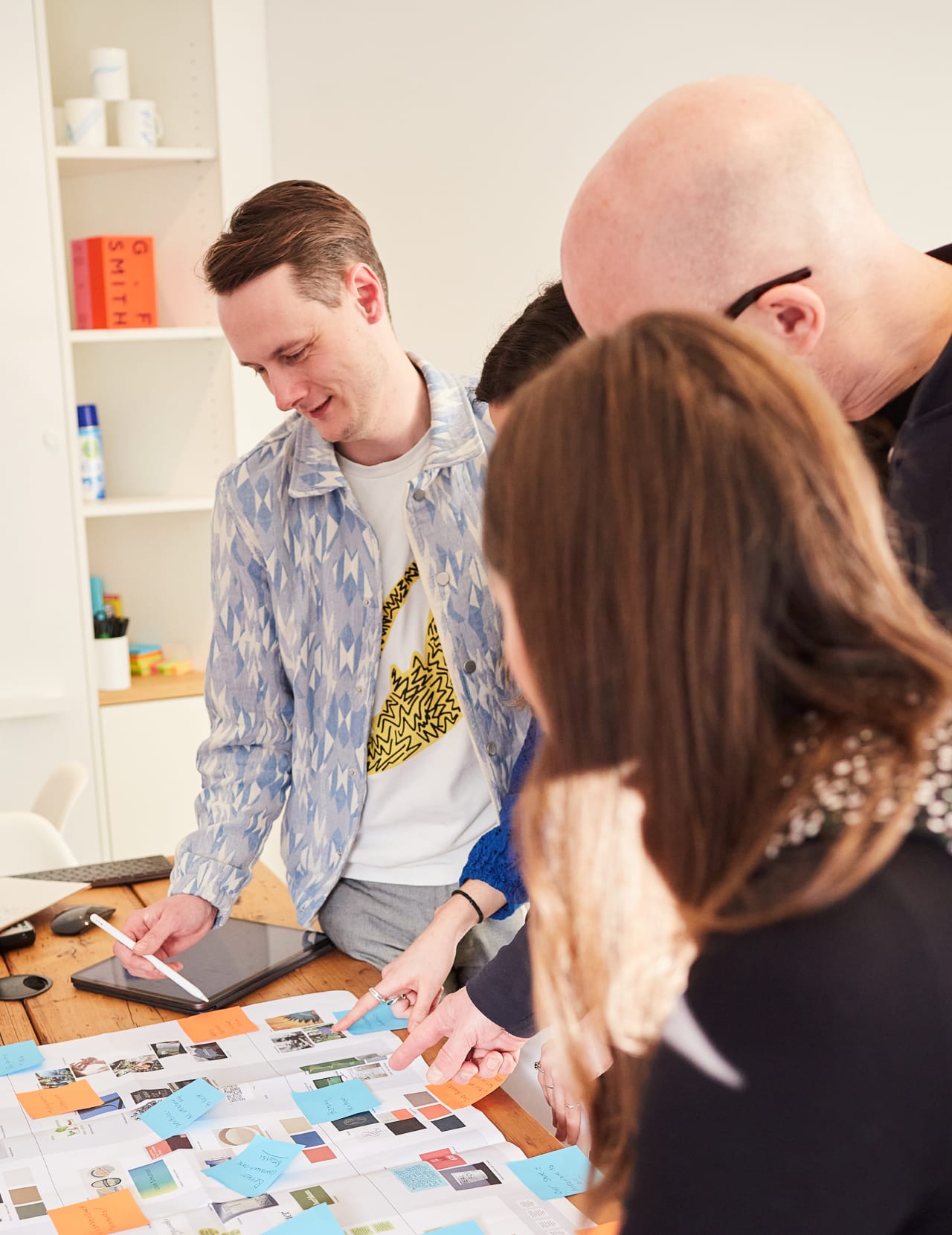

How Customer Feedback Shapes Business Strategies
Your customers are more valuable than you may realise.
Of course, they purchase your products or services so they’re keeping you afloat. What’s also important, though, is to tap into their thoughts.
Customer feedback can inform you of your strengths and weaknesses, highlight gaps in the market, and demonstrate where competitors may have an advantage. It can inform new product development, help hone your messaging and make them feel more valued.
There are many ways to gather customer feedback. Quantitative research, such as bespoke surveys and tracking studies, can give you numbers and stats. Qualitative research, like focus groups or stakeholder interviews, can give you more detailed insight into thoughts, feelings and behaviours.
Then there’s secondary research: compiling existing data relevant to your goals, such as governmental data or data gleaned from social media posts and comments.
From staff and customer surveys to improve the Sports Direct in-store experience to mixed methodology research to bring the Protyre brand into the future, The One Off is here to help.
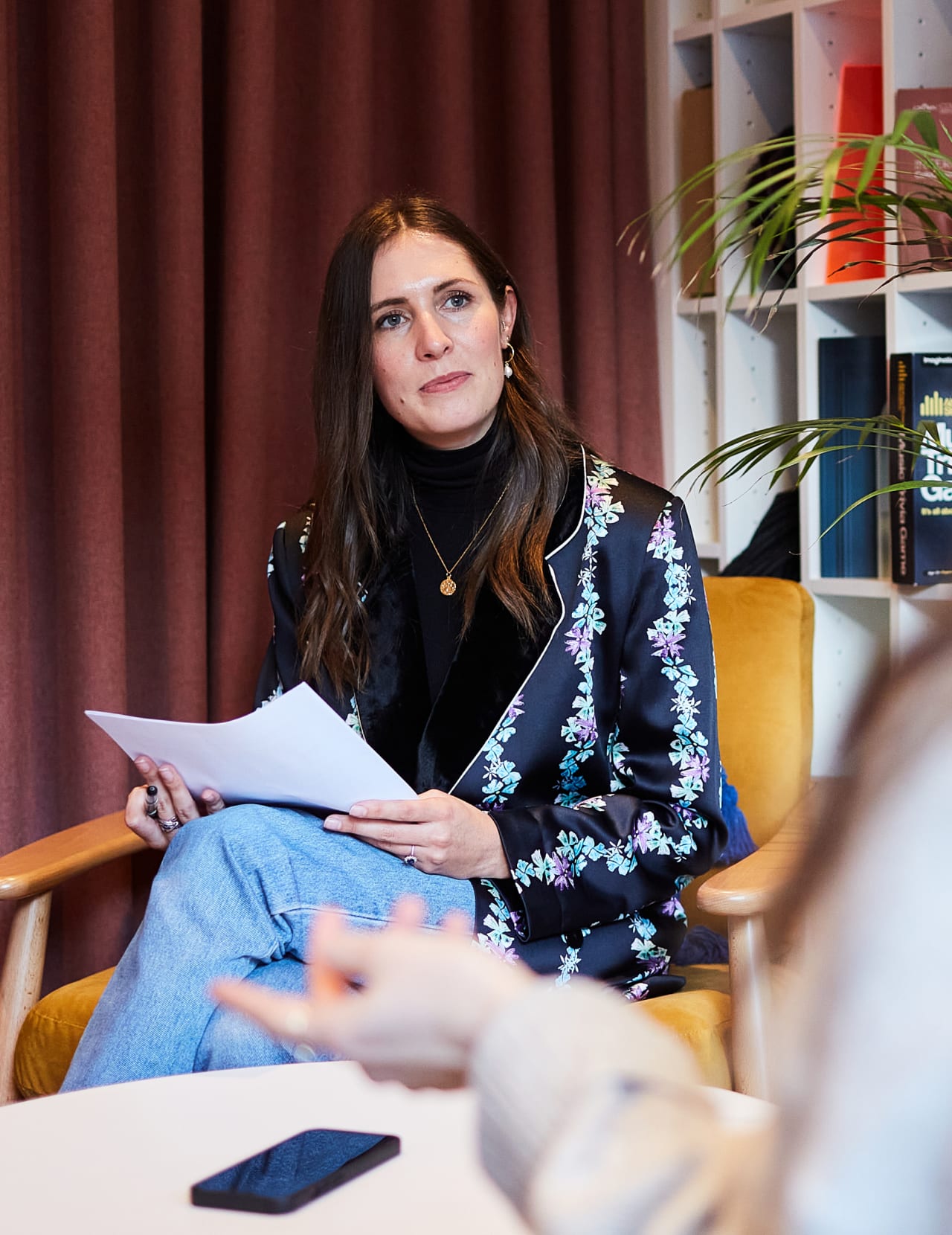
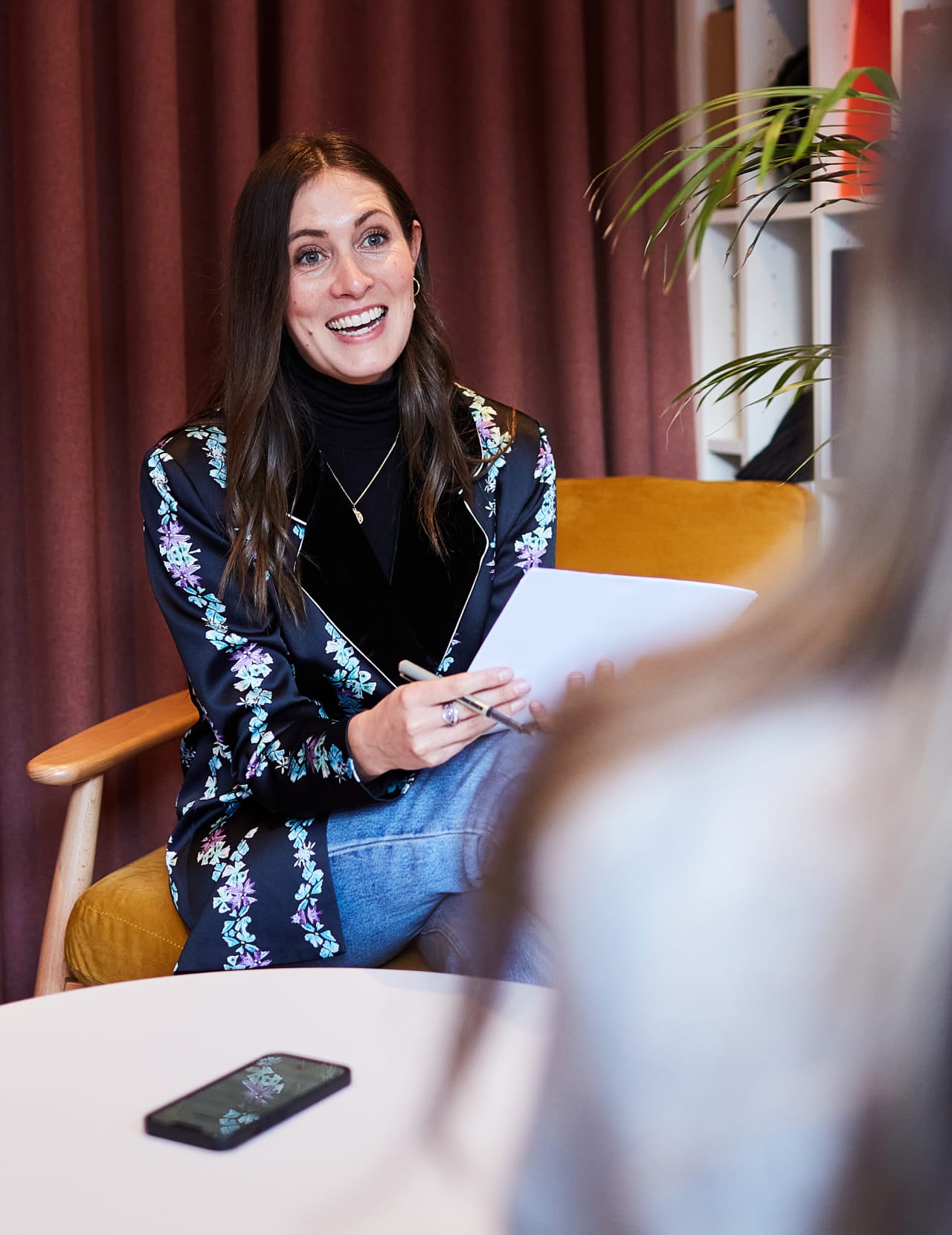

Stakeholder Interviews: Unveiling the Deeper Insights
It’s not just your customers who need to be on board with a new project. It’s your stakeholders too. Conducting stakeholder interviews before a project kicks off allows you to align brand goals and improve the chance of success by gathering understanding and insights from those invested in the project.
Begin by identifying your stakeholders: those with a vested interest in the project in question. It could be senior management, customers, suppliers, investors: be sure to understand who they are and how they could contribute to the project.
Next, prepare your questions: which should be relevant, focused on requirements, and open-ended for detailed responses. While you conduct the interviews, prepare to ask follow-up questions where more clarity or detail is needed.
Analyse the data to understand whether there are common themes and to establish how you can refine your project details based on this feedback. Finally follow up with stakeholders to inform them of how you are using their feedback, and any changes that have been made as a result.
Conducting stakeholder interviews will help you refine project details to make them more relevant, and will build trust amongst stakeholders.
Providing qualitative and quantitative research that unlocks your potential.
The world is increasingly nuanced and complicated. Our team can help unlock today's consumer feelings, expectations, attitudes and opinions through a holistic process that combines both qualitative and quantitative methodologies.
- Competitor and sector analysis
- Creative concept testing
- Customer feedback
- Stakeholder interviews
- Qualitative focused groups
- Consumer mindset & trends

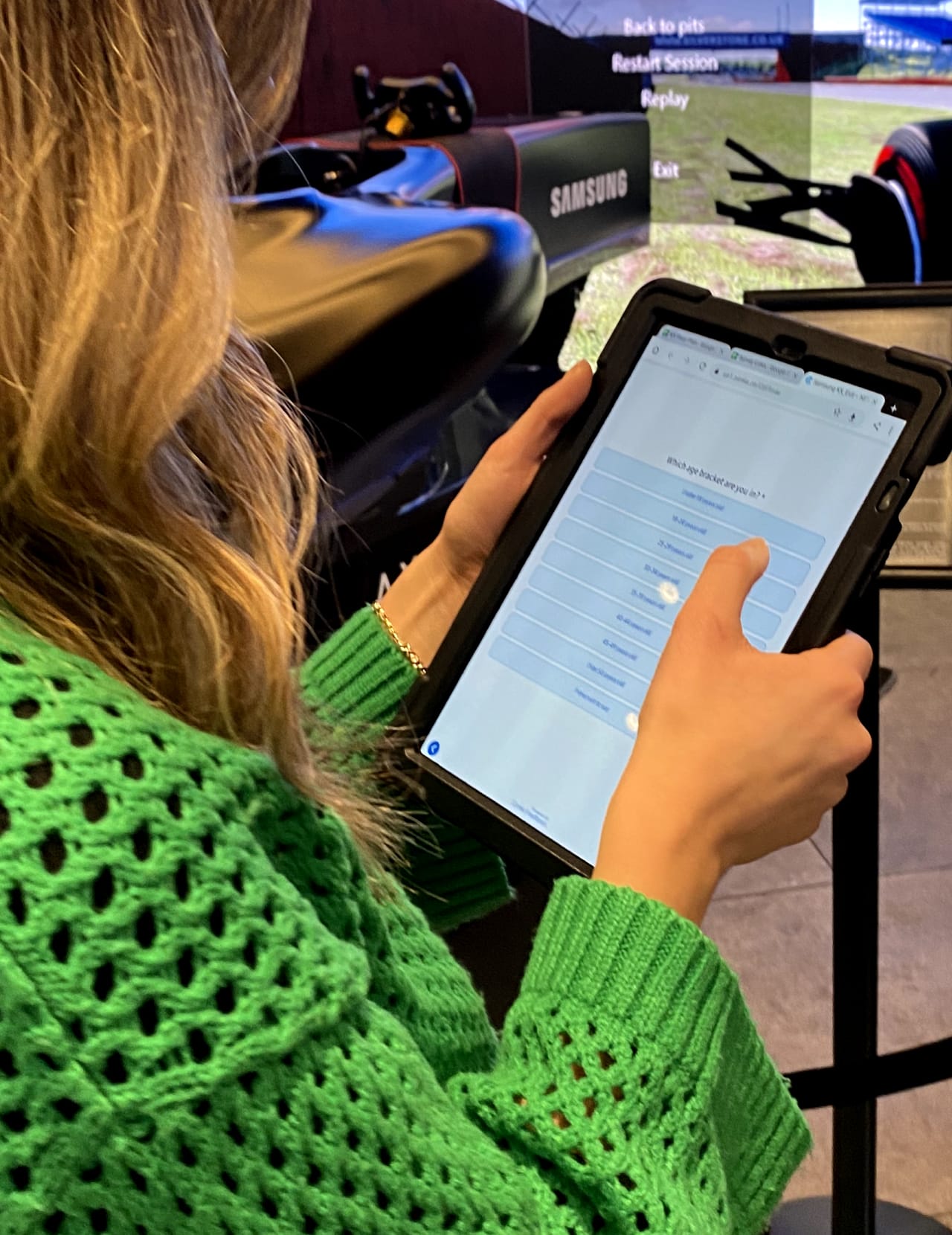
Conducting Effective Qualitative Focus Groups
While quantitative research - consumer surveys - gives you numerical data to work with, quantitative research allows you to explore experiences and concepts in greater detail. For a qualitative focus group, an insight agency will bring together a small group of people to discuss a particular topic in a moderated environment.
Market research companies begin by defining the aims of the focus group. It may be that you use focus groups to test a concept before you execute it, during a project or campaign to see how it is being perceived, or after a project or campaign is over to gain feedback.
They will then choose and invite participants, ensuring that their demographics fit with your goals - and that participants aren’t so dissimilar that open dialogue is a challenge. Participants will also need to be incentivised for their participation - often in the form of money or a gift card.
The agency will brief facilitators, who lead the focus groups: often one to moderate the session, and one to take notes. These highly skilled qualitative researchers will work to your brief to prepare the structure for the session and to agree on how it will be recorded.
During the focus group itself, they will keep the session focused on the topic at hand, giving everyone the opportunity to communicate, observing body language and asking follow-up questions when needed. After the session they will analyse the data: taking any main themes and organising responses under these themes. As well as a full report, they will provide an executive summary giving a top-level overview of the main findings.
Focus group responses will give you a subjective view of attitudes, behaviours and processes: a rich tapestry of detailed responses that you may not achieve with a quantitative research approach.


Our sister agency Unturned Stone use mixed methodology qualitative and quantitative research to uncover opportunities for brands and businesses. The team provide honest thought and clarity and whatever the question, will never be afraid to provide the truth to ensure your ideas land.
Discover Unturned StoneOur latest work
Trend Tours
London//New York//Shanghai//Dubai//Mumbai//Bangkok//Berlin
Unprecedented access to the world's best retail spaces.
Our guided trend tours include retail and hospitality locations across the world, and offer direct access to our team. Get in touch to book your space on a group or bespoke tour, or follow the link below to see an example itinerary.
Want to know more?
E-mail charlotte@unturnedstoneresearch.com
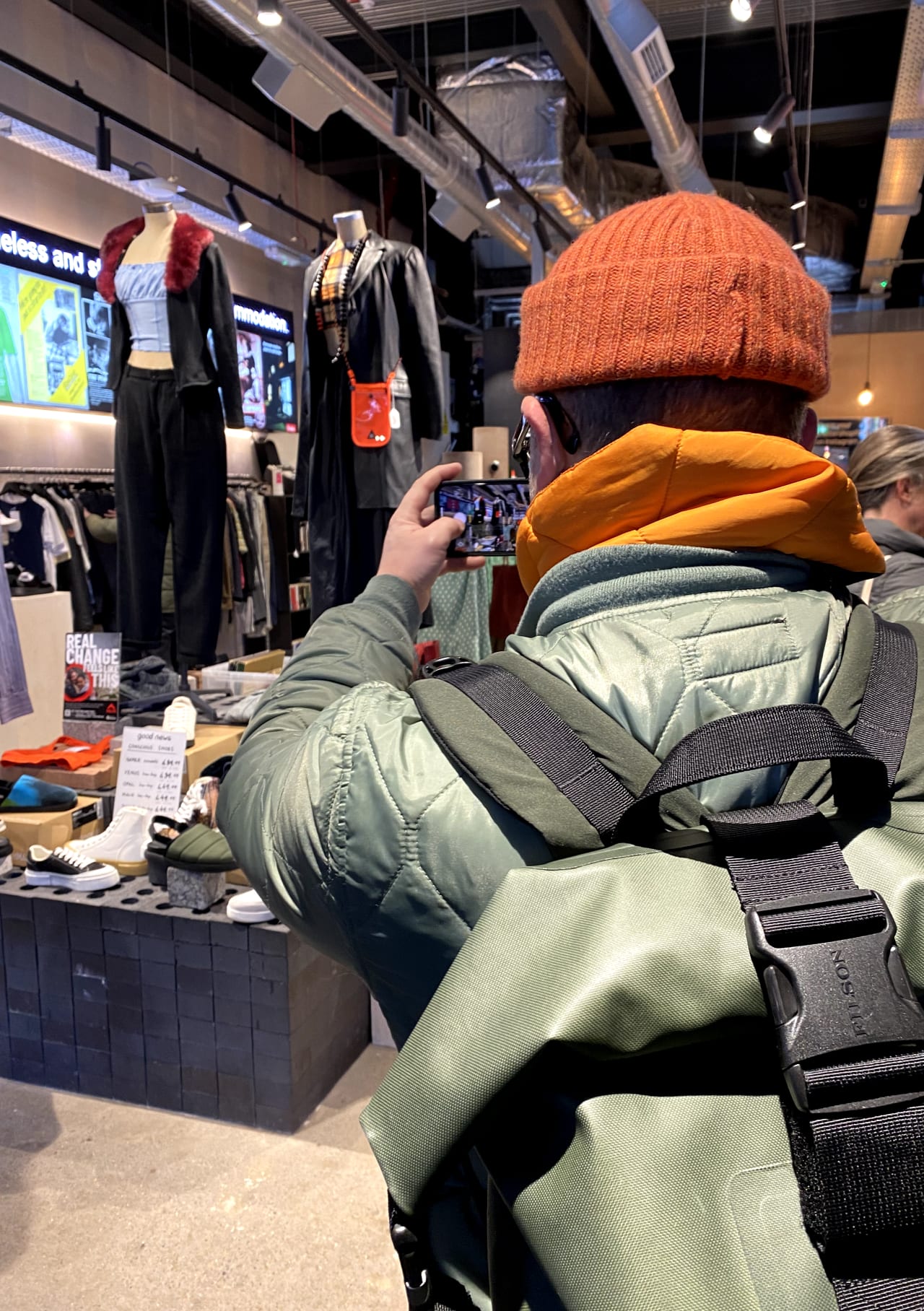
Understanding Consumer Mindset and Trends
Keeping an eye on consumer trends in your sector can help you understand changes in behaviour, new areas of growth, products that are making waves and areas of untapped demand. Tapping into these trends is invaluable for brands looking to grow. There are various tools and techniques for tracking consumer trends.
